Descripción
Conocido por su integración de datos del mundo real y estudios de casos, este texto ofrece una sólida cobertura de los aspectos teóricos de la estadística matemática. Los autores demuestran cómo y cuándo usar métodos estadísticos, al tiempo que refuerzan el cálculo que los estudiantes han dominado en cursos anteriores. A lo largo de la Quinta Edición, los autores agregaron y actualizaron ejemplos y estudios de casos, al tiempo que refinaron las características existentes que muestran un camino claro de la teoría a la práctica.
Caracteristicas:
- La revisión integrada del cálculo refuerza el conocimiento previo de los estudiantes al revisar el cálculo según sea necesario a lo largo de la presentación.
- Las técnicas estadísticas estándar se presentan en un contexto matemático, lo que permite a los estudiantes ver las hipótesis subyacentes para las aplicaciones.
- El tratamiento superior de los datos del mundo real utiliza estudios de casos y ejemplos prácticos y elaborados para motivar el razonamiento estadístico y demostrar la aplicación de métodos estadísticos a una amplia variedad de situaciones del mundo real.
- Numerosos e interesantes ejercicios de tarea involucran al estudiante e iluminan los puntos principales del texto.
- El estilo de escritura de los autores presenta conceptos y aplicaciones en una narrativa atractiva.
- La buena cobertura de los aspectos teóricos de la estadística matemática explica cuidadosamente las matemáticas y el desarrollo de la teoría estadística.
- Los prerrequisitos matemáticos accesibles median entre un libro de técnicas y un primer curso de posgrado en estadística matemática.
Ver más
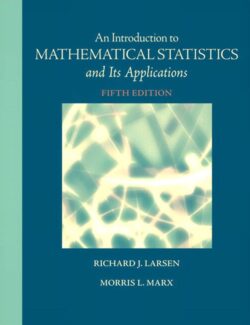



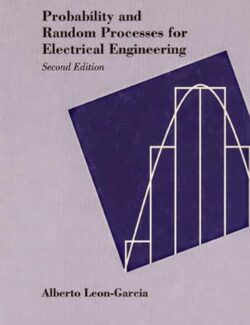
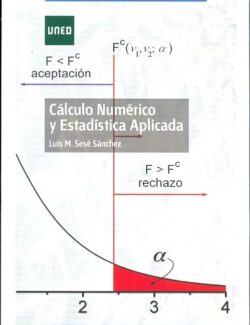
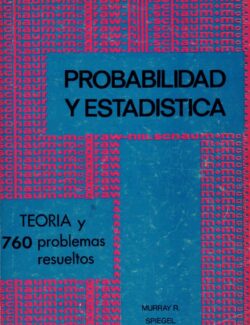
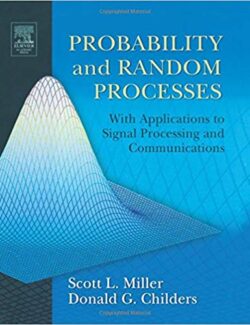

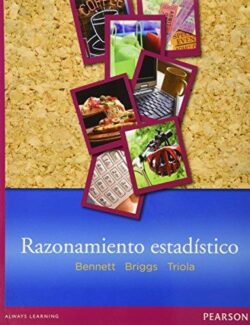
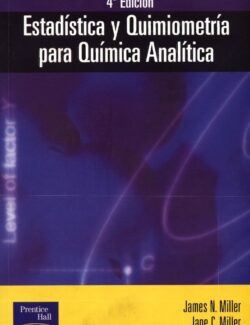
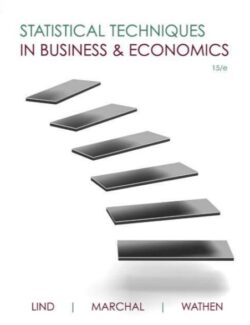

Déjanos un comentario
No hay comentarios